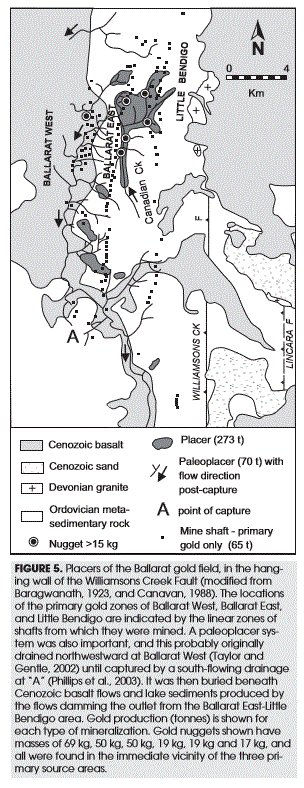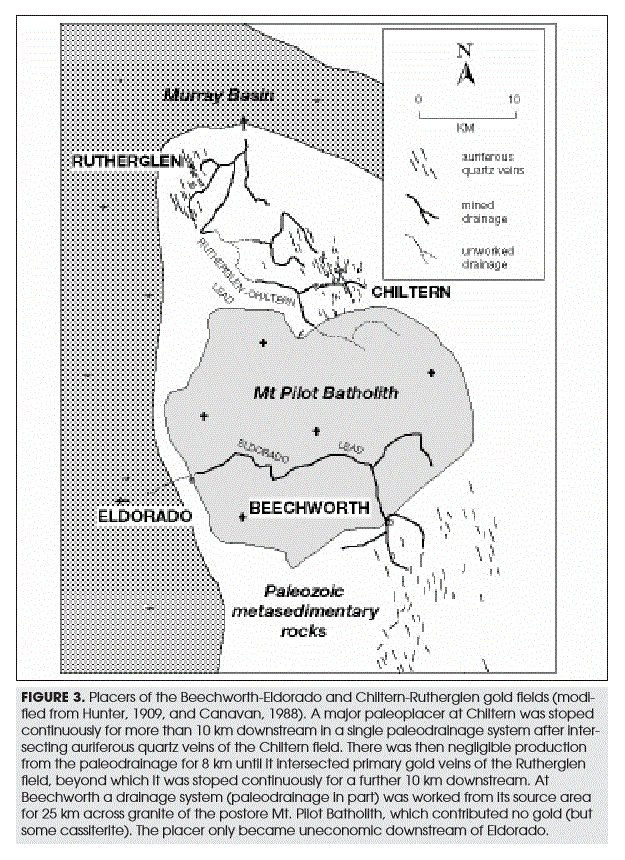Tassie Daz
Darryl Rowley
Ok folks lets hear your opinions.
The scenario!
There's a reef at the top of a slope.
Part way down the old timers have dug and found gold.
The question:
So which stopped first, the big gold as it hung up on its travel down the hill or the small gold as it dropped out along the way.
Really interested to hear your opinions. Thanks.
The scenario!
There's a reef at the top of a slope.
Part way down the old timers have dug and found gold.
The question:
So which stopped first, the big gold as it hung up on its travel down the hill or the small gold as it dropped out along the way.
Really interested to hear your opinions. Thanks.





